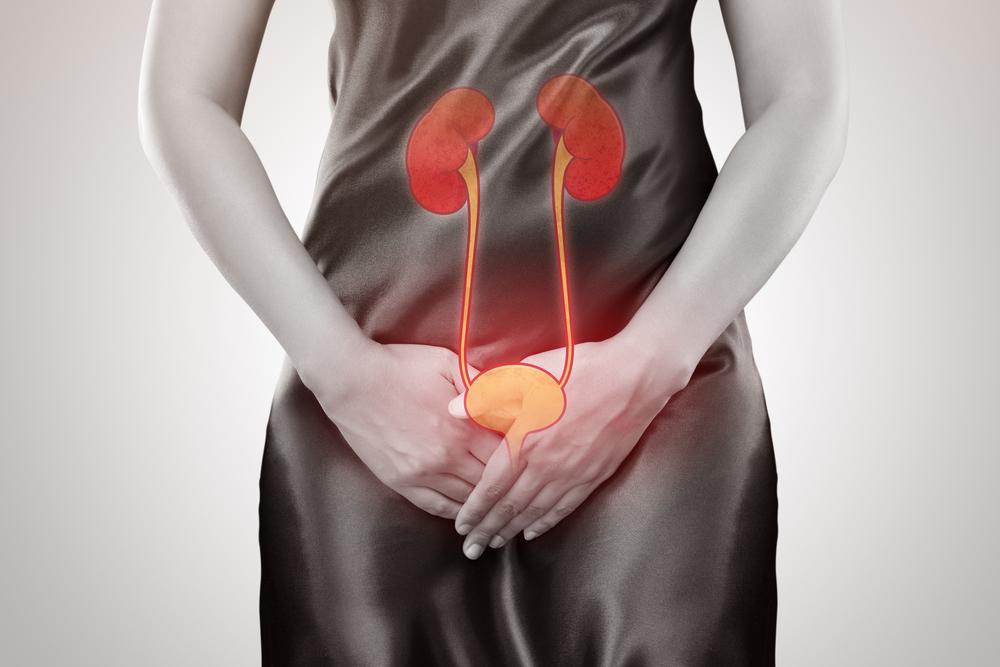Comprehensive Guide to Urinary Tract Infections and Their Management
This comprehensive guide explains urinary tract infections, their causes, symptoms, and effective treatment options. Learn how to recognize signs early and seek appropriate medical care to prevent complications. The article covers bacterial, viral, and fungal UTIs, emphasizing the importance of timely diagnosis, tailored treatments, and preventive measures to maintain urinary health.

Comprehensive Guide to Urinary Tract Infections and Their Management
Everything You Should Know About Urinary Tract Infections
Urinary tract infections (UTIs) are common health issues that many people experience at some point. Whether you're facing a UTI for the first time or dealing with recurrent episodes, understanding the symptoms and treatment options is essential. Recognizing the signs early can help you seek prompt medical attention and avoid complications.
UTIs typically cause discomfort and other symptoms that can cause concern. Fortunately, effective treatments are available to eliminate infections quickly. This article provides a detailed overview of UTIs, their causes, symptoms, and the best approaches to treatment.
Understanding UTIs
Urinary tract infections involve bacterial, viral, or fungal invaders attacking parts of the urinary system. Among these, bacteria are the most common culprits. The urinary system includes the kidneys, ureters, bladder, and urethra. Infections can affect any of these organs, with the lower urinary tract (urethra and bladder) being most frequently involved. When bacteria ascend to infect the kidneys, it can lead to more serious conditions like pyelonephritis.
Infections happen when the body's natural defenses are compromised, allowing harmful microbes to invade. While the urethra and bladder are more prone to infections due to their lower position, the kidneys and ureters can also become infected, often requiring urgent treatment. Depending on the infected area, UTIs are classified as urethritis (urethra), cystitis (bladder), or pyelonephritis (kidneys).
Causes of UTIs
UTIs mainly originate from bacteria present in the digestive tract, especially E. coli. These microbes can enter the urinary system through the urethra and multiply, leading to infection. The urinary system typically defends itself well; urine is sterile and flushes away microbes, and men’s prostate secretions contain antibacterial properties. However, factors like improper hygiene, sexual activity, or immune system issues can increase susceptibility. Women are especially vulnerable due to anatomical differences.
Signs and Symptoms
Symptoms vary based on which part of the urinary tract is affected. Lower tract infections, involving the urethra and bladder, often cause burning during urination, increased frequency, blood in urine, foul smell, and pelvic pain. In men, rectal pain may also be present. Upper urinary tract infections, affecting the kidneys, are more severe, with symptoms like back or flank pain, nausea, fever, chills, and systemic illness, potentially spreading with serious health risks.
Available Treatments
Timely diagnosis and targeted treatment are crucial. Doctors perform tests to identify the infection source and prescribe appropriate medications. Bacterial UTIs are usually treated with antibiotics, with the choice depending on infection location and severity. Viral infections may require antivirals, while fungal infections are addressed with antifungal medications. Often, lower urinary tract infections respond well to oral antibiotics; more severe infections might need intravenous therapy for faster relief.
Antibiotic resistance is a concern; hence, medications are carefully selected and prescribed. Proper completion of the prescribed course is vital to prevent resistant bacteria and guarantee complete recovery.










